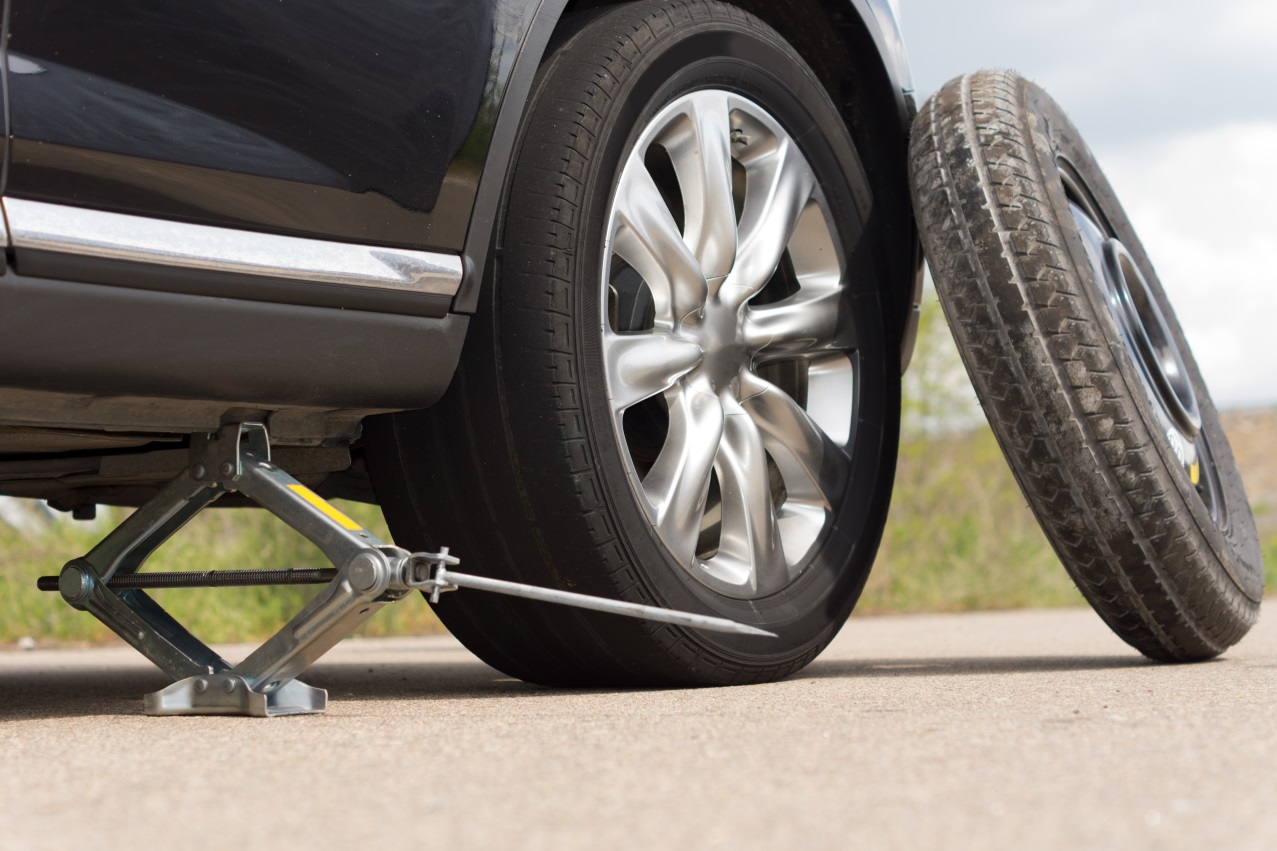Flat tires always seem to happen when you least expect it. Will you be prepared? Having the right supplies stored in your car and knowing how to properly change a tire can make the difference between a smooth tire change and a frustrating experience. Click here to find out what you need to know to prepare for a sudden flat tire!

Let’s face it. Nobody wants to be stranded on the side of the road with a flat tire. Flat tires always seem to happen at the most inopportune moments! Many people prefer to have a tire professional change their flat, but there may be a time where you must do it yourself. By keeping the right supplies stored in your vehicle you can help prepare for the unexpected. Follow along as these steps guide you through changing your flat tire.

